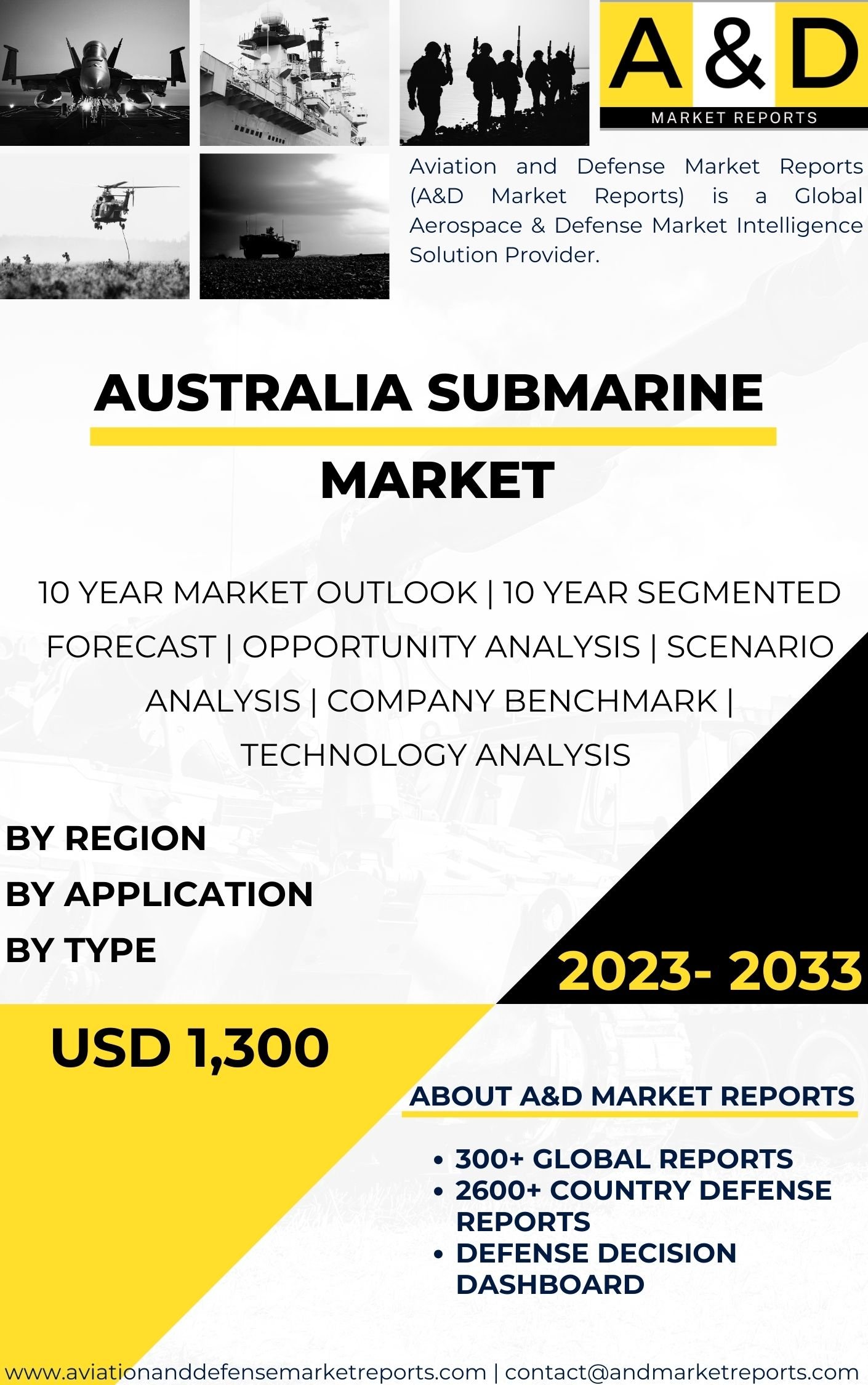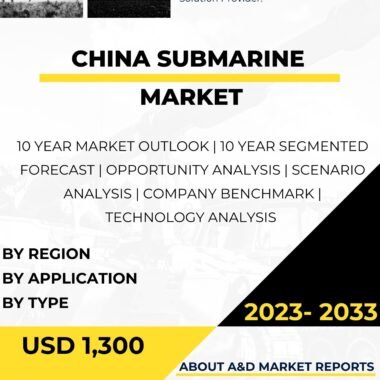Description
The Submarine market in Australia is of utmost importance in maintaining the country’s maritime defense and strategic capabilities. As an island nation surrounded by vast maritime territories and with vital interests in the Indo-Pacific region, Australia relies heavily on its submarine fleet to safeguard its maritime borders, ensure regional security, and project power effectively. This article provides a comprehensive overview of the Australia Submarine market, including its significance, current fleet, major players, technological advancements, government initiatives, civilian applications, and future prospects.
The significance of the Submarine market in Australia lies in its critical role in supporting the country’s maritime security and defense posture. Submarines are strategic assets that offer stealth, endurance, and flexibility in naval operations, making them indispensable for Australia’s defense strategy. With vast maritime areas to protect and significant economic interests in shipping and resources, Australia depends on submarines to conduct a wide range of missions, including intelligence gathering, surveillance, anti-submarine warfare, and strategic deterrence.
The Australia Submarine market consists of both conventional and advanced submarines. The country’s submarine fleet is primarily comprised of diesel-electric submarines, which are designed for coastal defense and littoral operations. However, Australia is also in the process of acquiring a fleet of advanced submarines known as the Attack-class submarines, which will be equipped with advanced technology and enhanced capabilities.
The current fleet of submarines in Australia includes the Collins-class submarines, which are domestically built and form the backbone of the Royal Australian Navy’s (RAN) submarine force. These submarines are equipped with sophisticated sensor suites, torpedoes, and anti-ship missiles, providing the RAN with a credible undersea deterrent and maritime strike capability.
The future of the Australia Submarine market is centered around the acquisition and construction of the Attack-class submarines. This ambitious project involves building 12 new submarines to replace the aging Collins-class submarines and bolster Australia’s maritime defense capabilities. The Attack-class submarines are expected to be more technologically advanced, featuring stealth technology, longer range, and enhanced combat systems, ensuring Australia maintains a potent submarine force for decades to come.
The Australia Submarine market is served by domestic shipbuilding companies, such as Naval Group Australia (formerly DCNS Australia) and ASC (formerly Australian Submarine Corporation), which are responsible for the design, construction, and sustainment of the Collins-class submarines. These companies are also heavily involved in the construction of the Attack-class submarines, in partnership with Naval Group, a global leader in submarine technology and design.
Technological advancements drive innovation in the Australia Submarine market, with a focus on enhancing stealth capabilities, sensor systems, propulsion technology, and combat systems. The Attack-class submarines are expected to incorporate advanced stealth technology, reducing their acoustic signature and enhancing their ability to operate undetected in hostile waters.
Integration of state-of-the-art sensor systems, such as sonar arrays and advanced periscopes, provides the submarines with enhanced situational awareness and intelligence gathering capabilities.
Propulsion technology, including air-independent propulsion (AIP) systems, enables longer submerged endurance, reducing the need for frequent resurfacing and enhancing operational flexibility.
Moreover, the Attack-class submarines will be equipped with modern combat systems, which integrate data from various sensors and sources to provide a comprehensive tactical picture, supporting effective decision-making and target engagement.
The Australian government has shown a strong commitment to investing in the Submarine market to enhance the country’s maritime capabilities. The decision to build 12 Attack-class submarines under the Future Submarine Program represents one of the most substantial defense procurement projects in Australia’s history. This initiative aims to strengthen the country’s sovereign defense industry, foster innovation, create jobs, and provide long-term strategic benefits.
The Future Submarine Program also includes provisions for technology transfer and local industry involvement, enabling domestic companies to acquire advanced submarine technology and contribute to the construction and sustainment of the Attack-class submarines.
The Australia Submarine market has broader implications for the country’s defense and maritime industry. The development and construction of advanced submarines stimulate growth in related industries, including shipbuilding, advanced manufacturing, defense research and development, and electronics.
The Submarine market also has potential civilian applications, particularly in marine research and underwater exploration. Some of the technologies used in submarines, such as advanced sonar systems and autonomous underwater vehicles (AUVs), can be adapted for scientific research, marine resource exploration, and environmental monitoring.
However, it is essential to maintain strict controls on the export of submarine technology to prevent any misuse or unauthorized proliferation of sensitive military technology.
In conclusion, the Australia Submarine market is of utmost importance in maintaining the country’s maritime defense and strategic capabilities. Submarines play a critical role in safeguarding Australia’s maritime borders, conducting intelligence gathering, and providing a credible undersea deterrent. The acquisition and construction of the Attack-class submarines represent a significant investment in Australia’s defense industry and maritime security, ensuring the country maintains a potent submarine force to meet future challenges.
Domestic shipbuilding companies, in collaboration with international partners, drive innovation in the market, focusing on enhancing stealth, sensor systems, propulsion technology, and combat systems.
Continued investments in research, development, and local industry involvement will be instrumental in maintaining Australia’s credible and effective submarine capabilities.




